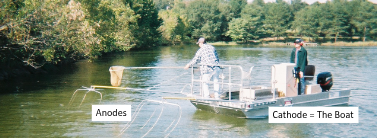Fish Census Technique L 16
1/16
There's no tags or description
Looks like no tags are added yet.
Name | Mastery | Learn | Test | Matching | Spaced |
|---|
No study sessions yet.
17 Terms
Why sample fishes
• Estimate diversity
• Quantify abundance
• Estimate size-structure
• Monitor populations over time
• Understand recruitment
• Document growth rates
• Sample food webs
• Sample for contaminants
Relative abundance
Catch Per Unit Effort (CPUE) =
Fish catch per unit time or other effort.
Example:
125 Bluegill/Hour
True abundance versus CPUE on graph
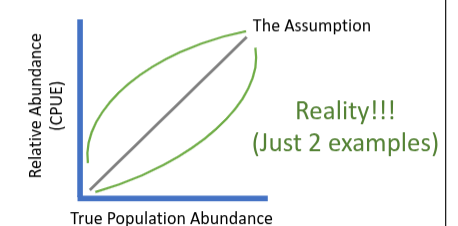
“Active” Fish Sampling
Active fish capture: using moving nets or gears to collect fishes
(You’re out there chasing fishes!
“Passive” Fish Sampling
Capturing fishes by entanglement & entrapment
i.e., set and wait
Gill nets: passive or active
passive

Boat Electrofishing: passive or active
active
Midwater (pelagic) trawl: active and passive
active
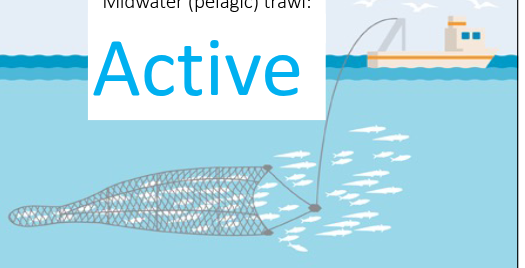
Clover trap: passive or active
passive

Passive gears
Entanglement Gears, Entrapment Gears, Angling Gears
Entanglement Gears
• Gill net
• Trammel net
Entrapment Gears
• Hoop net
• Fyke net
• Modified fyke net
• Trap net
• Rotary screw traps
• Weirs
• Minnow trap
• Lobster pot
• Slat Box
• Eel Pot
Angling Gears
• Trotline
• Longline
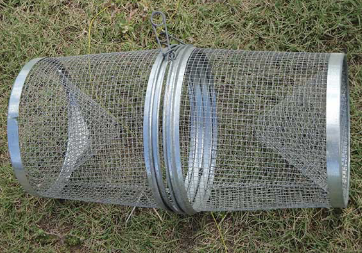
minnow trap
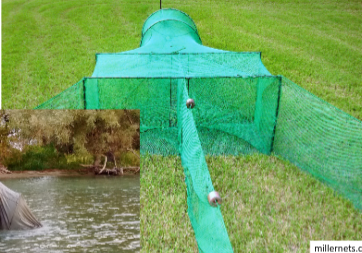
fyke net
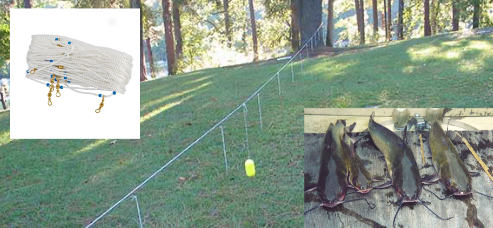
trotlines
Active gears
Trawl Nets
• Surface tow net
• Midwater trawl
• Bottom trawl
Seines
• Round haul seine
• Beach seine
• Purse seine
Dredges
• Scallop dredge
• Hydraulic dredge
• Oyster dredge
• Crab scrape
Other Active Gears
• Rod and reel
angling/spears
• Push nets
• Lift nets
• Cast nets
• Lift nets
Electrofishing
• Boat electrofishing
• Backpack electrofishing
• Barge electrofishing

Midwater Trawl
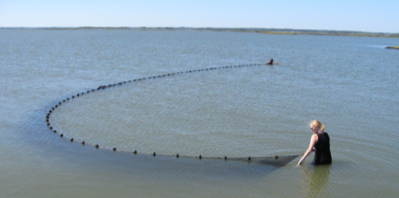
Beach
Seine
Research shows
beach seines
come closest to
estimating true
species
composition,
abundance and
size-structure
than any known
fish sampling
gear
Electrofishing:
boat e-fishing and backpack e-fishing
• Space between the anode and cathode is the electrical field.
• Conductivity of the water affects fish response.
• Some species highly vulnerable to electrical current (bass) whereas
as other species less so
